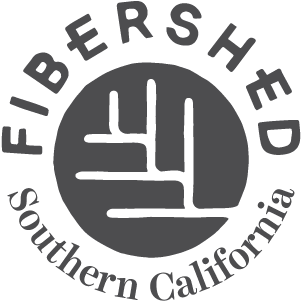These Brand-Activists, Nonprofits Are Tackling Fashion Policy Head-on
Fashion has attempted to self-govern to its detriment, according to Fibershed's Rebecca Burgess, but grassroots could be the critical way forward.
By Kaley Roshitsh on February 24, 2021
// I’ve copied Rebecca’s section below, and added a link to the entire article.
First on the agenda for PoliticallyInFashion is to update the U.S. Federal Trade Commission’s Green Guides, which were introduced in 1992, with the aim of ensuring companies avoid making environmental claims that mislead consumers, and haven’t been updated since 2012. The guides, as the group has noted, do not reflect the current consumer landscape. As they exist today, there are no regulations for sustainability claims and “organic” or “natural” claims (save for what is covered by the U.S. Department of Agriculture’s National Organic Program). Meanwhile, there is a growing sense of consumer distrust for brand sustainability claims amid rampant greenwashing.
“Everyone is saying they’re sustainable,” Spencer said. “Greenwashing is a tool for the traditional exploitation of how the fashion industry has worked.”
Can Textile Concepts Come to Fruition?
As fashion looks to rebuild, sustainability reverberates across every facet, with companies aiming to see the big picture.
When Rebecca Burgess founded Fibershed in 2010, she set out to build a concept wardrobe with everything — including dyes, fibers and labor — all sourced within a 150-mile radius, a concept later trialed by The North Face four years later. Now in 2021, the brand has returned to regenerative (and it’s not alone).
“What I’m realizing is there’s a need for brands to work pre-competitively, so part of this is that we need a coalition of brands to get on the same page to be able to even construct these new realities for themselves. So on the private market side, we need more cooperation to nominate farmed cotton from one location, for instance,” said Burgess speaking on Fibershed’s efforts to transition conventional farming acreage into, not only organic certification, but a truly different approach to land stewardship. This approach protects the soil biology and builds the soil carbon — “things that organic [agriculture] does not intrinsically do.”
“That’s a project that is underway, I can share more about it soon but it’s called C4 — The California Cotton and Climate Initiative, and those brands are just now deciding how much uptake they can handle — just in the middle of what the pre-competitive poundage looks like,” Burgess said.
She believes fashion has attempted to self-govern to its detriment.
“When Biden comes forward with the Build Back Better or when Tom Steyer [chair of California’s Economic Recovery Task Force] is brought in by [California Gov.] Gavin Newsom to build back better in California, the cornerstone to me is you would be surgically looking for the most robust part of the economy that is going to create the biggest economic multiplier, and that would be manufacturing,” Burgess said. “That is the delta we have in textiles in the U.S. We have some manufacturing, but to do this right, we need textile districts all over the U.S.”

